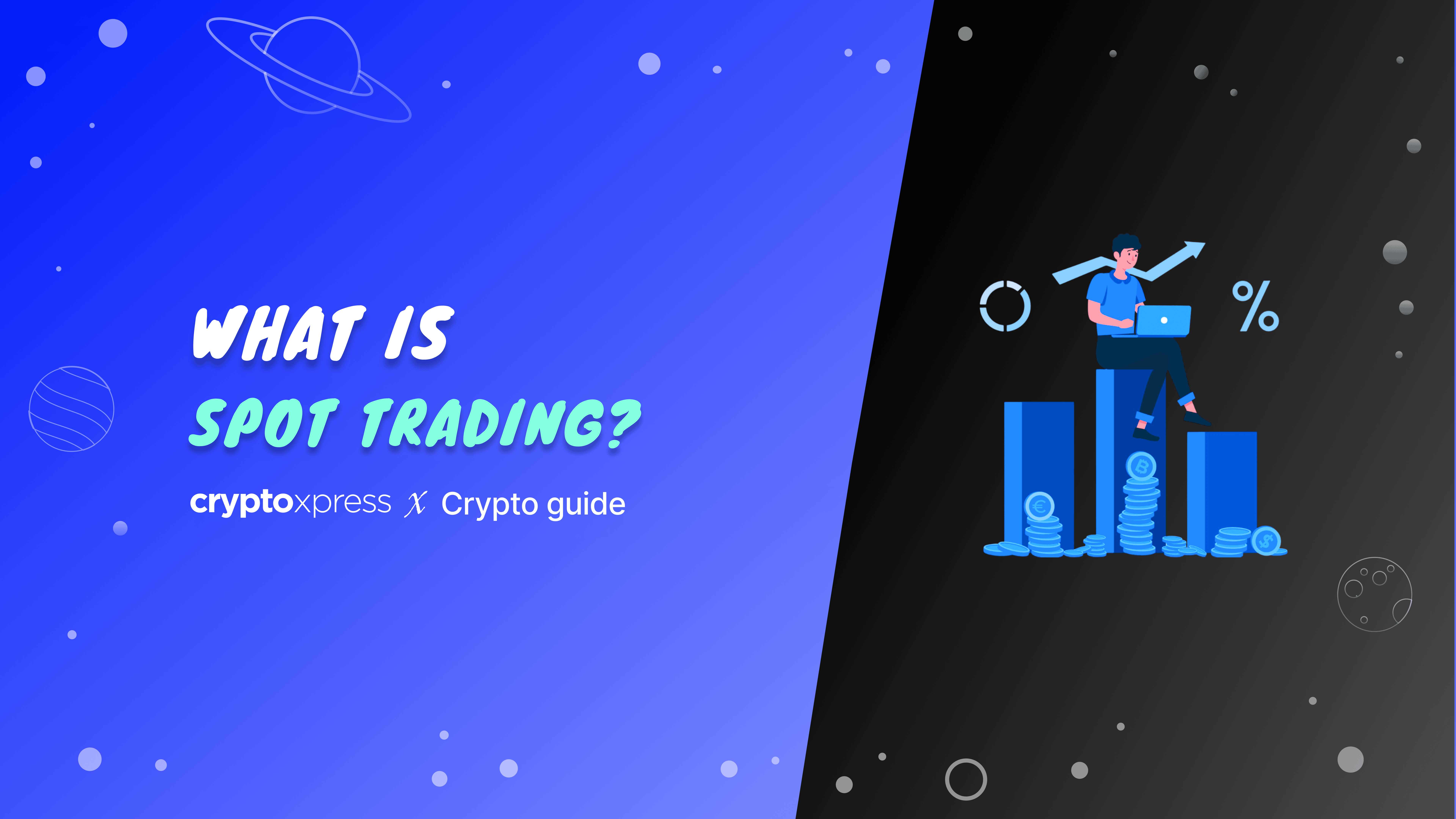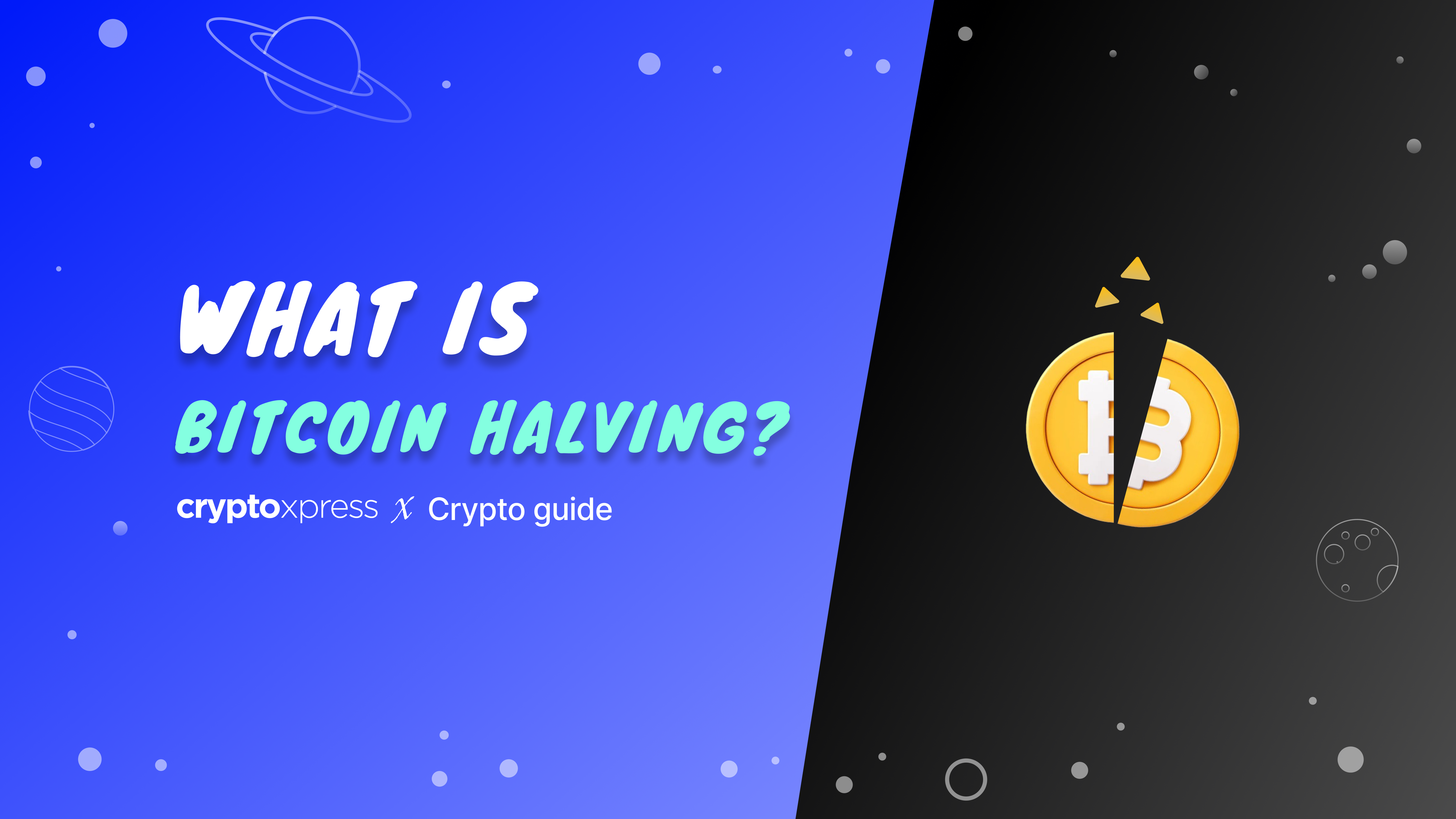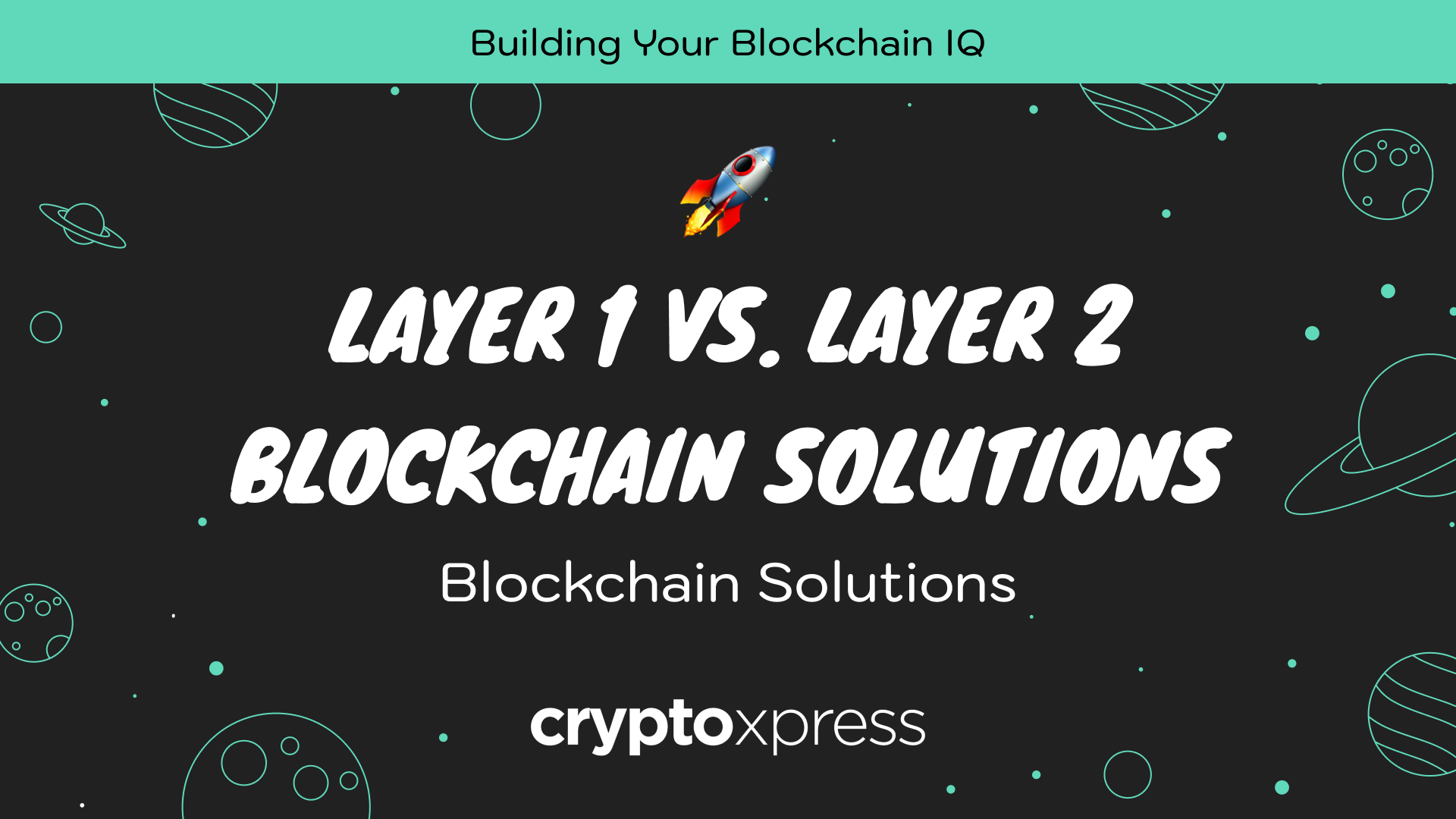|
Getting your Trinity Audio player ready...
|
Spot trading in cryptocurrency is the process of buying and selling digital assets at their current market prices, called “spot prices.” In this form of trading, transactions are settled immediately. Unlike in futures or margin trading, spot traders own the assets they purchase right away, which they can store, trade, or sell later.
How Does Spot Trading Work?
In spot trading, you place an order on an exchange to buy or sell crypto at its current price. Exchanges like Coinbase, Binance, and CryptoXpress provide marketplaces where buyers and sellers can match orders. Let’s say you want to buy Bitcoin. You place a “buy order” on the exchange, and if a seller matches your price, the order is filled. Upon completion, the transaction is settled instantly, and you take ownership of the Bitcoin, which you can hold, trade, or transfer to another wallet.
Key Elements in Spot Trading:
- Spot Price: This is the current price of a digital asset, determined by supply and demand.
- Order Book: This is a real-time list of buy and sell orders on an exchange. Orders are fulfilled when matching prices align in the book.
- Settlement: Settlement in spot trading is instantaneous, meaning ownership transfers right away without future obligations or contracts.
Spot Markets vs. Other Markets
Spot markets are different from derivatives markets like futures or margin trading. In a futures market, for example, you can agree to buy or sell an asset at a future date for a specific price, while margin trading involves borrowing funds to trade larger amounts than you own. Spot trading, by contrast, keeps things straightforward by allowing traders to buy and sell assets with immediate settlement, without the added risks of leverage or future price speculation.
Advantages of Spot Trading
- Simplicity: Spot trading is straightforward, as it involves buying and selling assets you own directly at market prices.
- Ownership: Unlike futures or margin trading, spot trading gives you immediate ownership of assets, meaning you can store them in a private wallet, use them in DeFi, or participate in staking.
- Reduced Risk: Since there’s no leverage or borrowing involved, your risk is limited to the asset’s price fluctuations, without the risk of liquidation that margin trading involves.
Risks of Spot Trading
While simpler than other types of trading, spot trading still involves risks:
- Volatility: Cryptocurrencies are known for their price volatility. Spot prices can fluctuate widely within a short time frame, meaning you may see significant price changes right after buying or selling an asset.
- Market Timing: Since the spot market is immediate, timing plays a key role. Spot traders need to be careful about buying or selling during highly volatile periods, as these swings can impact returns.
Tips for Spot Trading Success:
- Research and Analysis: Understanding market trends, crypto fundamentals, and technical indicators can help you make informed decisions.
- Risk Management: Only invest what you can afford to lose, given the volatility of crypto markets.
- Stay Updated: News, regulations, and market sentiment affect spot prices. Keep yourself informed about developments in the crypto industry to anticipate market movements.
Conclusion
Spot trading is an accessible entry point for beginners in crypto trading, offering direct ownership and immediate settlement of assets. By buying or selling crypto at the current price, traders have control over their assets and a straightforward experience. However, understanding the risks and planning carefully is crucial, especially given the volatile nature of cryptocurrencies.






